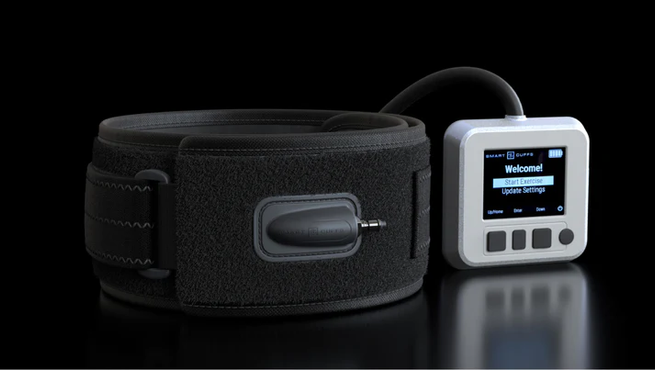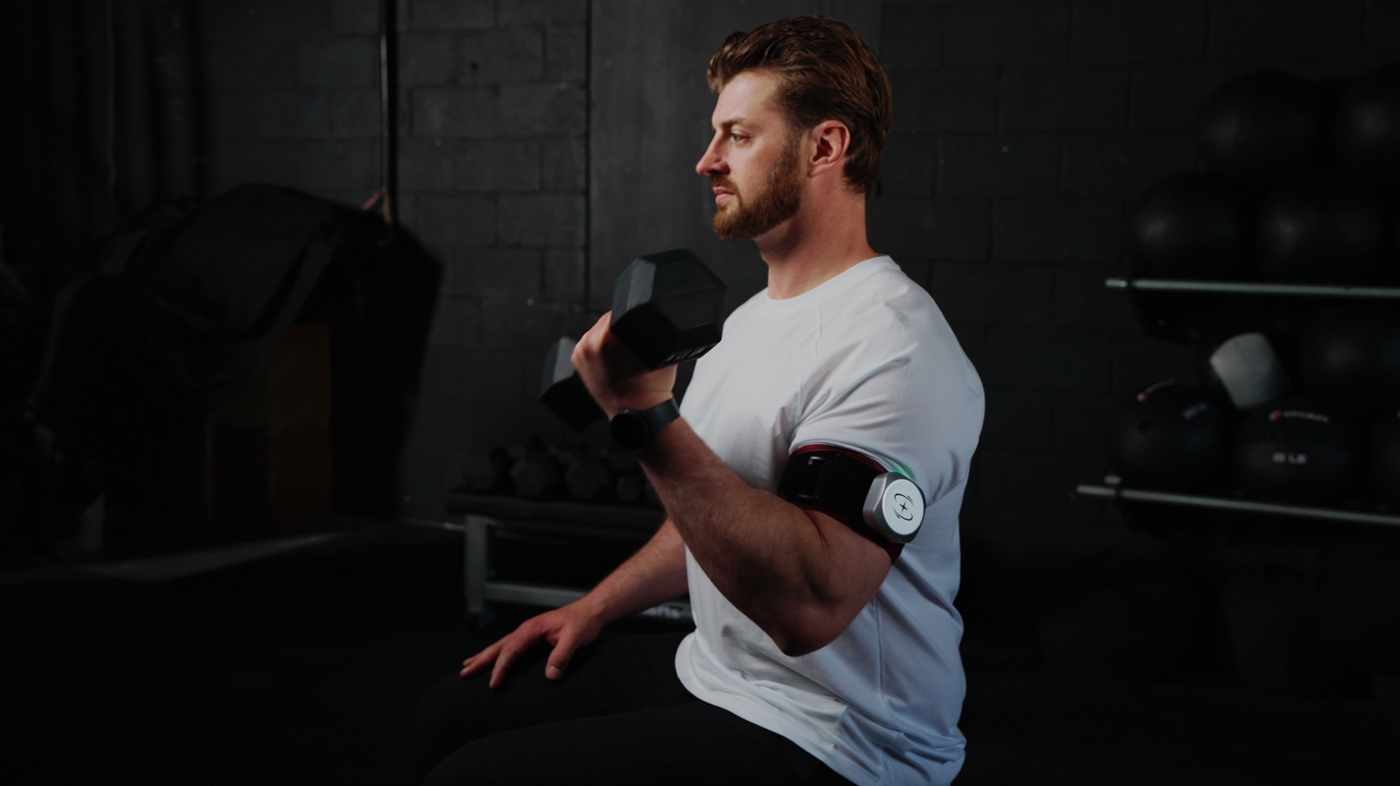
Imagine being able to build strength - without having to
lift heavy.
That’s the power of blood flow restriction (BFR)
training.
You can build muscle, increase strength, and improve
endurance using light weights or even bodyweight
exercises, making it ideal for anyone who wants to train
smarter, not harder.
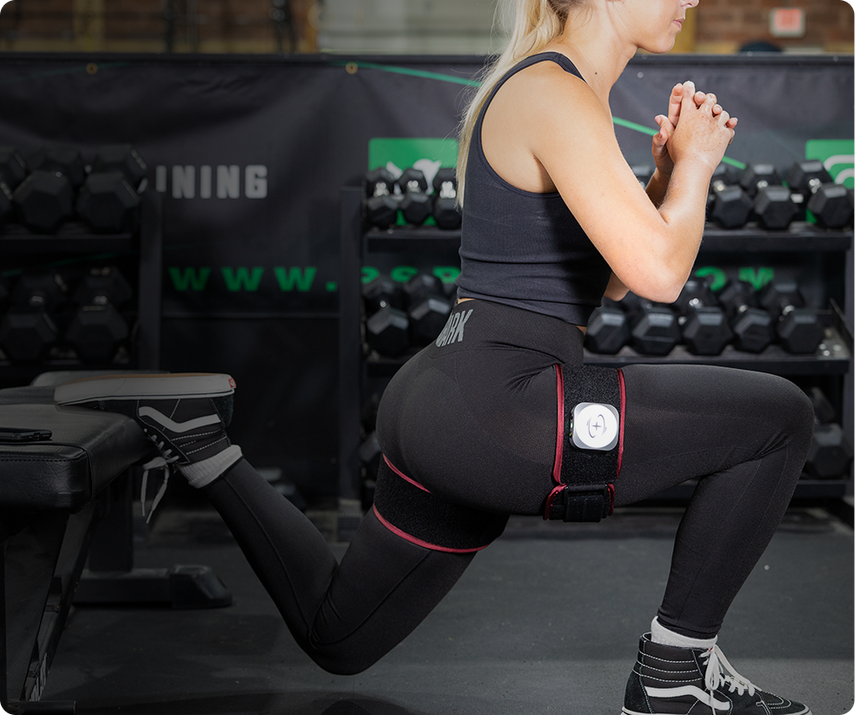
The Science
Restrict Blood Flow
Intense Exercise
Muscle Growth
What Is Blood Flow Restriction (BFR) Training?
Blood Flow Restriction (BFR) training is a revolutionary method that uses specialized cuffs to partially restrict venous blood flow from working muscles during low-load exercise. This restriction reduces oxygen availability, forcing muscles to work harder than they normally would under light resistance.
By simulating the stress of high-intensity training, BFR creates a metabolic environment that elevates lactate accumulation and triggers key hypertrophic and strength-related pathways—such as increased muscle fiber recruitment and growth hormone release. In short, BFR allows you to achieve the benefits of heavy lifting without the mechanical stress on joints and connective tissue.
Perfect for anyone who wants to
maximize results with minimal load.
BFR Training And BFR Therapy Are Especially
Beneficial If You’re:
Looking to improve endurance
without putting stress on your body
Recovering from an injury
and need a low impact way to
building strenght
An athlete wanting to push your
limits and enhance performance
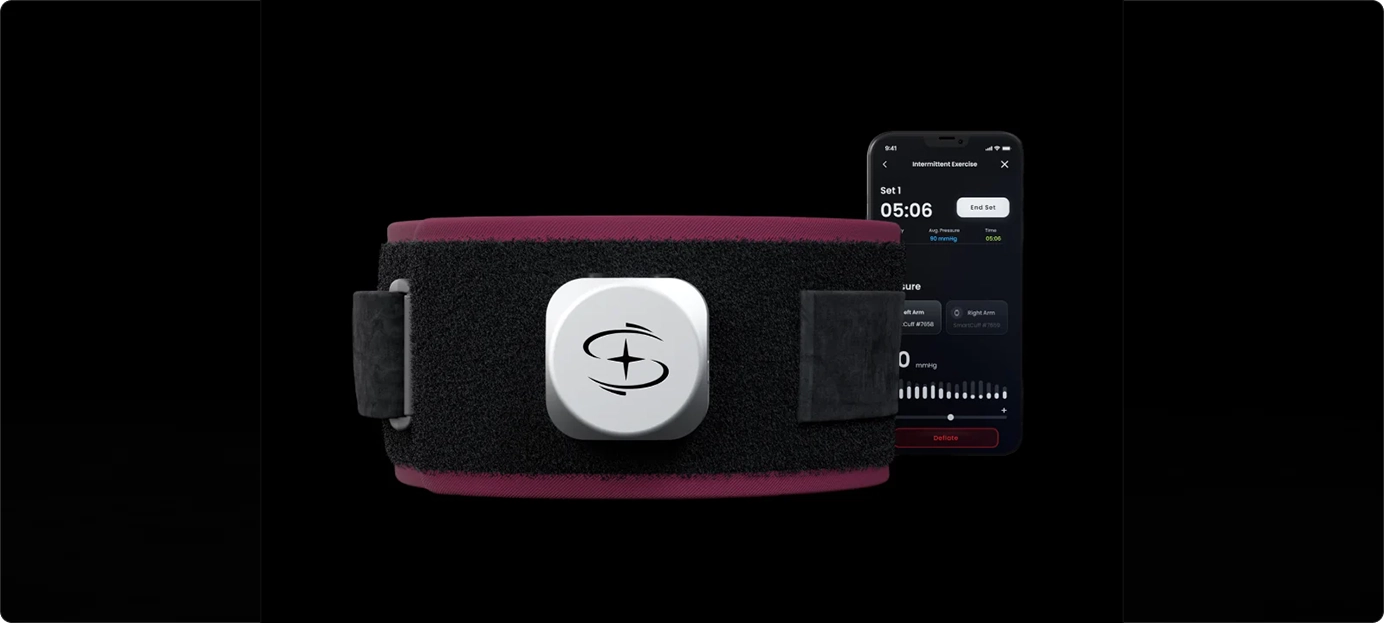
Transform Your Workout
Routine In Just 5-20 Minutes
BFR training is versatile and can fit into almost any workout. The best part? You can see results in under 20
minutes per session. Here’s how to add it to your routine:
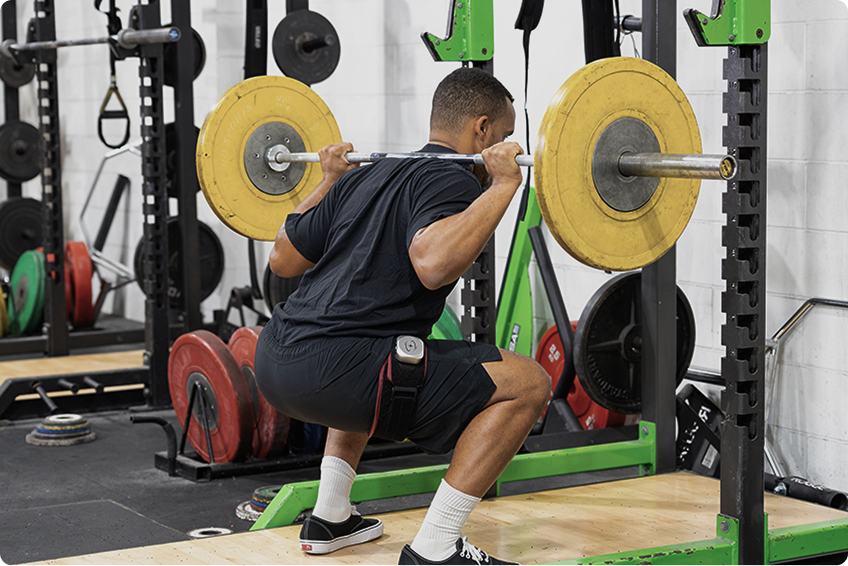
Strength Training
Use BFR cuffs during exercises like squats, lunges, or bicep curls with just 20-30% of your usual weight. Even in shorter sessions, BFR pushes your muscles to work harder, delivering the benefits of heavy lifting without the strain.
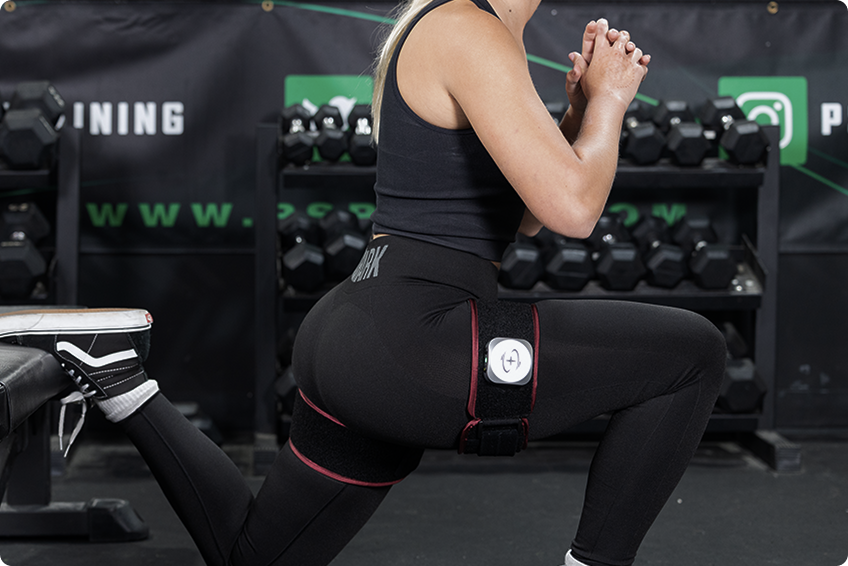
Cardio workouts
Add BFR to activities like walking or cycling to boost endurance and muscle tone without increasing intensity. A quick 20-minute walk with BFR can have the same effect as a high-intensity workout.
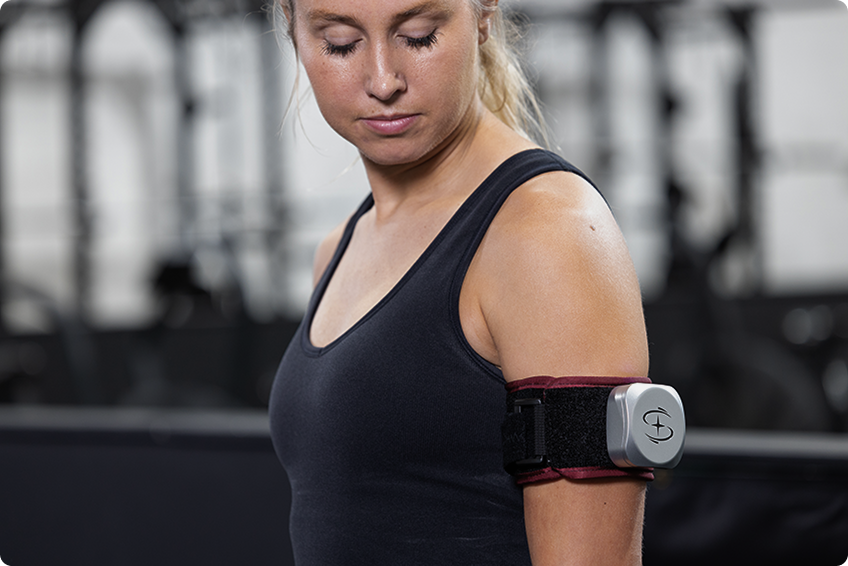
Recovery
BFR is great for post-workout recovery, helping to flush out muscle soreness and speed up healing. A passive 25-minute session can leave you feeling refreshed and ready for your next workout.
When Used Correctly, BFR Training Is Safe For Most People
However, like any training technique, there are potential side effects, including:
- Temporary numbness or tingling
- Muscle soreness after a session
- Mild discomfort or tightness during the workout
These side effects are usually short-term and resolve quickly. It’s important to ensure you’re using the right equipment and not over-restricting blood flow. Lower cost alternatives like elastic bands or straps can be dangerous, as they don’t allow for controlled pressure. That’s why we recommend using professional-grade BFR cuffs like SmartCuffs® that are designed for accuracy and safety.
Who Should Avoid BFR Training?
Although BFR training is generally safe, it may not be suitable for everyone. If you have any of the following conditions, you should consult with a healthcare
provider before trying BFR:
- Circulatory problems
- Obesity
- Diabetes
- Arterial calcification
- Sickle cell trait
- Severe hypertension or renal compromise
- Extremity with dialysis access
- Acidosis
- Open fracture
- Increased intracranial pressure vascular grafts
- Medications known to increase clotting risks
- Venous thromboembolism
- Peripheral vascular compromise
- Sickle cell anemia
- Extremity infection
- Lymphadenectomy
- Cancer or tumor
Benefits of Blood Flow Restriction (BFR) Training
Blood Flow Restriction (BFR) training offers a unique set of benefits that make it valuable for athletes, rehabilitation patients, and everyday fitness enthusiasts alike. By combining low-load exercise with restricted blood flow, users can unlock significant physiological advantages without the wear and tear of traditional high-load training.
Here are the key benefits of BFR training:
Increased Muscle Growth with Light Weights
BFR stimulates hypertrophy similar to heavy lifting by activating Type II muscle fibers and elevating muscle-building hormones, even when using as little as 20–30% of your one-rep max.
Improved Strength Gains
Research shows that BFR training can lead to measurable strength improvements, making it a powerful tool during deload phases or post-injury recovery.
Enhanced Muscle Endurance
The metabolic stress and hypoxia created by BFR enhance muscular endurance by promoting mitochondrial adaptations and improved oxidative capacity.
Reduced Joint and Tissue Strain
Because BFR relies on low loads, it’s ideal for individuals with joint pain, arthritis, or recovering from surgery, reducing the risk of overuse injuries.
Faster Recovery and Rehab
BFR promotes muscle protein synthesis and can help preserve muscle mass during periods of immobilization or reduced activity—critical for post-operative rehab.
Hormonal Benefits
BFR training increases the production of anabolic hormones such as growth hormone (GH) and insulin-like growth factor 1 (IGF-1), both of which support recovery and adaptation.
